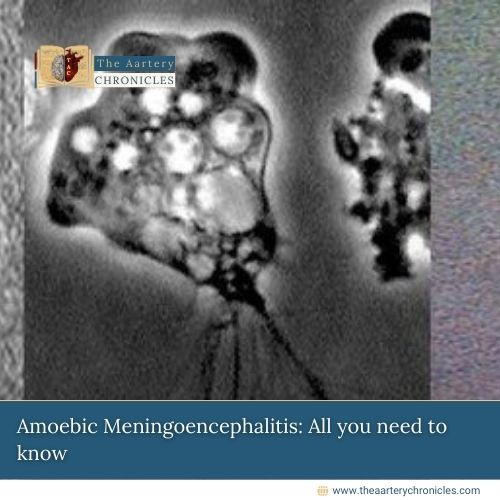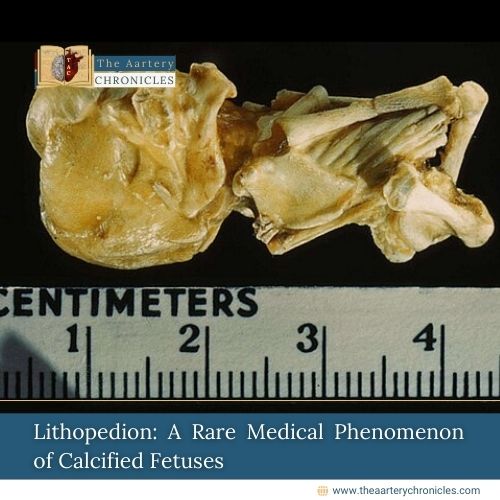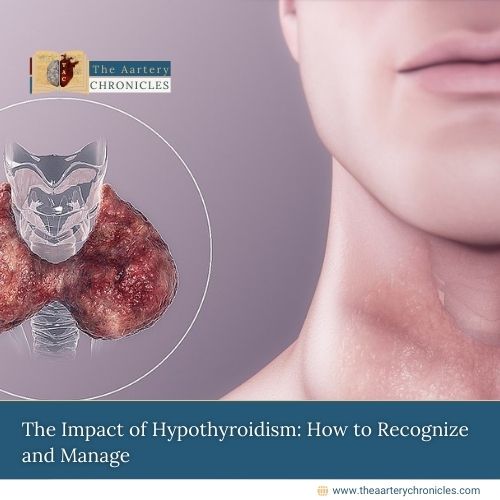
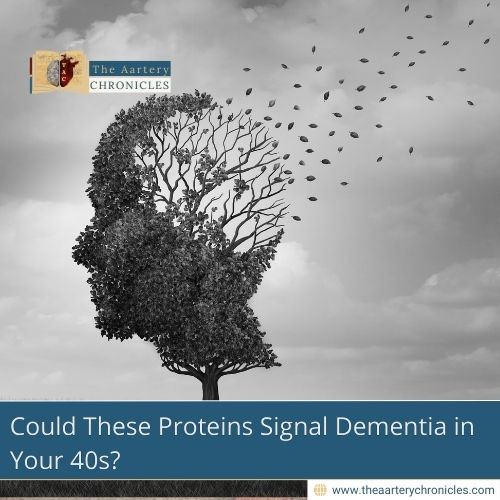
Could These Proteins Signal Dementia in Your 40s?
Summary: Frontotemporal dementia (FTD) often hits in your 40s or 50s and is frequently misdiagnosed. A new UCSF-led study reveals specific protein changes in spinal fluid that may help detect FTD years before symptoms show. This could revolutionize early diagnosis and treatment access.
Ever wondered why some people show signs of dementia decades before old age?
A groundbreaking UCSF-led study may have just uncovered the reason, and it’s in your spinal fluid.
Dementia isn’t just a disease of old age. For many in their 40s and 50s, an often-overlooked type called frontotemporal dementia (FTD) can silently wreak havoc. The symptoms can be so misleading, like changes in behaviour or movement, that it’s often mistaken for
- Depression
- Parkinson’s
- Schizophrenia
Now, scientists are closing in on earlier detection.
The Discovery: Spinal Fluid Proteins Show Early Clues
In a study funded by the National Institutes of Health (NIH) and published in Nature Ageing, researchers at UC San Francisco (UCSF) studied people with inherited FTD.
- They analysed spinal fluid samples from 116 individuals with genetically confirmed FTD and compared them to samples from 39 healthy family members.
The results?
- Over 4,000 protein changes were found.
- Many of these proteins were tied to how genes are expressed (RNA regulation) and how brain cells communicate.
- These protein shifts might be the earliest biological signs of FTD, showing up long before full-blown symptoms.
Why FTD Is So Easily Missed
Unlike Alzheimer’s, which is more common in older adults and easier to diagnose through imaging and memory tests, FTD lacks clear-cut diagnostic tools.
“FTD affects people in the prime of their lives, stripping them of their independence,” said Rowan Saloner, PhD, senior author of the study and professor at the UCSF Memory and Ageing Centre. “But there’s no definitive way to diagnose it in living patients, unlike other dementias like Alzheimer’s disease.”
The Power of Early Detection
If doctors could detect FTD earlier using protein biomarkers found in spinal fluid, they could:
- Help patients access support and therapy sooner
- Enroll them in clinical trials at the right stage
- Eventually offer precision treatments tailored to their disease stage
“If we’re able to identify FTD early on, perhaps using some of the proteins we’ve identified, we can direct patients to the right resources… and, ultimately, we hope, provide them with precision treatments,” Saloner added.
What Makes This Study So Unique?
This is one of the first studies to track biological changes in living patients with inherited FTD, offering a rare window into how the disease begins. Non-inherited forms of FTD are usually only confirmed after death.
This research gives hope that biomarkers in spinal fluid could pave the way for early, accurate, and non-invasive diagnosis in the future.
Final Thoughts: Hope on the Horizon
Frontotemporal dementia in midlife is devastating, but science is catching up. With these new protein clues, the path to earlier diagnosis and more effective care is becoming clearer.
If you or a loved one is noticing unusual behavior changes or cognitive symptoms in midlife, talk to a neurologist, early detection might soon be possible.
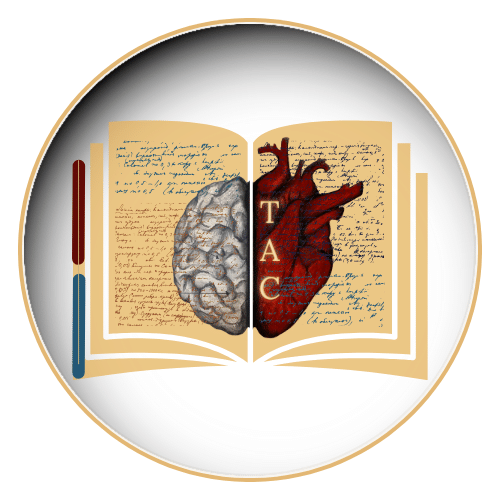
Dane
I am an MBBS graduate and a dedicated medical writer with a strong passion for deep research and psychology. I enjoy breaking down complex medical topics into engaging, easy-to-understand content, aiming to educate and inspire readers by exploring the fascinating connection between health, science, and the human mind.





